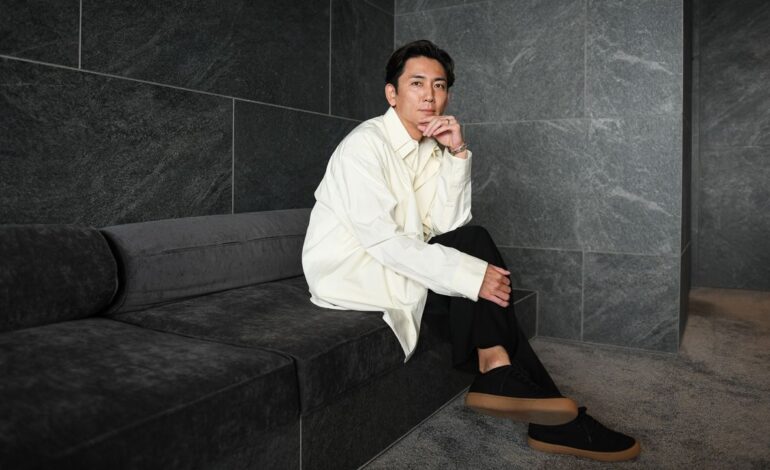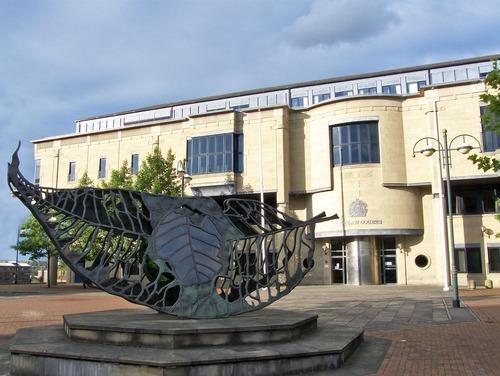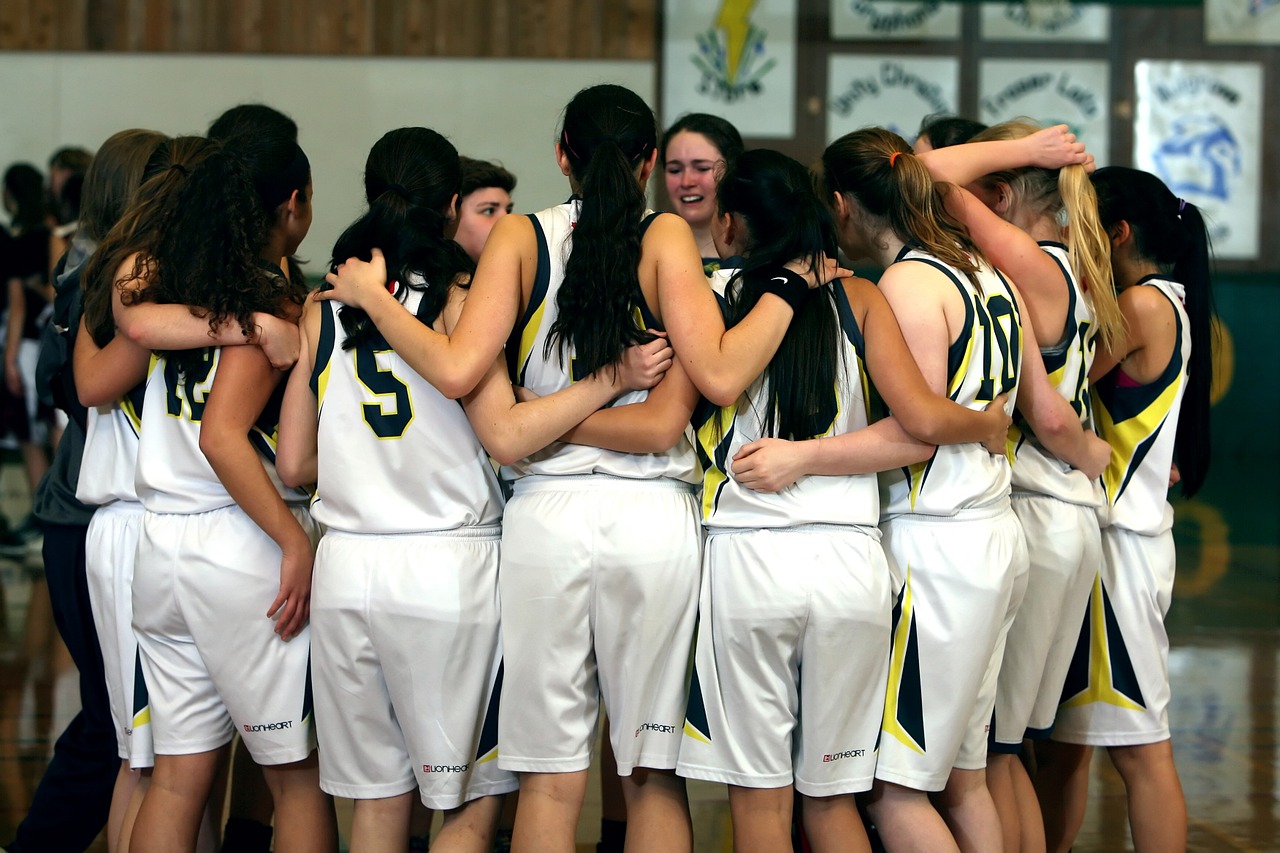Japanese Collector Acquires $10 Million Birkin Bag at Auction

The auction for the coveted Birkin bag reached a staggering price of $10 million in July 2023, with Japanese collector Shinsuke Sakimoto emerging as the winning bidder. Held at Sotheby’s in Paris, this sale marks a significant milestone in the luxury handbag market, underlining the rarity and desirability of Hermès products.
In an exclusive interview with CNN, Sakimoto revealed his motivations behind the record-breaking bid. He described the acquisition not just as a financial investment but also as a strategic move aimed at inflicting “psychological damage” on his rivals in the competitive world of luxury collectibles. This perspective highlights the intense rivalry among high-net-worth individuals seeking to own exclusive pieces of fashion history.
The Birkin bag, originally designed by Hermès in the 1980s, has long been a symbol of wealth and status. Its limited availability and high demand have led to prices soaring into the hundreds of thousands for standard models. Sakimoto’s purchase significantly exceeds previous auction records, showcasing the lengths to which collectors will go to secure these iconic items.
Sakimoto’s background as a collector adds further intrigue to this story. Known for his keen interest in luxury items, he has built an impressive portfolio over the years. His recent acquisition indicates a shift in the luxury market, where the psychological aspects of ownership can play as crucial a role as the financial investment itself.
The Birkin bag’s allure stems from its craftsmanship and exclusivity. Each bag is handmade, often requiring more than 48 hours of labor to complete. The combination of high-quality materials, intricate design, and limited production runs contributes to its status as a top-tier luxury item. This specific bag, linked to notable provenance, attracted bidders from around the globe, ultimately culminating in Sakimoto’s record-setting bid.
As the luxury market continues to evolve, the sale of the Birkin bag serves as a reflection of changing trends in consumer behavior. Collectors are increasingly viewing high-value items not merely as possessions but also as assets that can influence social dynamics and status. Sakimoto’s bold claim about wanting to undermine competitors demonstrates a shift towards a more competitive, almost combative approach to luxury collecting.
With the auction world rapidly adapting to new trends and buyer psychology, the implications of Sakimoto’s bid extend beyond the sale itself. It raises questions about the future of luxury collectibles, the motivations of collectors, and the evolving dynamics of wealth and status in contemporary society. The extraordinary price achieved for the Birkin bag reinforces Hermès’ position as a leader in the luxury market and signals that the appetite for such exclusive items remains robust among affluent buyers.
As collectors like Sakimoto continue to reshape the landscape of luxury goods, the significance of this sale will likely be felt for years to come. The intersection of wealth, prestige, and strategic competition within the luxury market presents a captivating narrative for both enthusiasts and casual observers alike.






